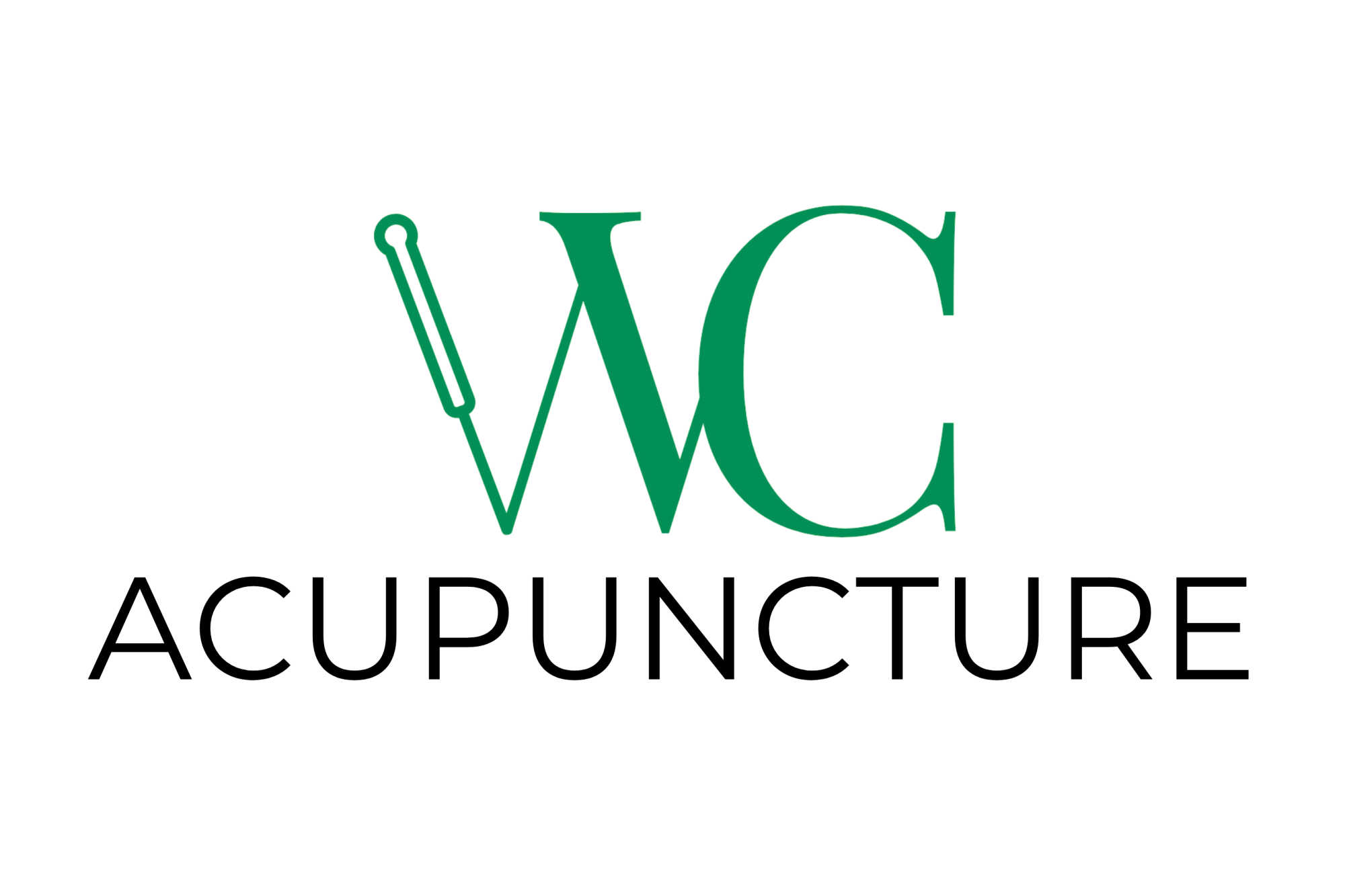Acupuncture, a time-honored healing practice, has been an integral part of Traditional Chinese Medicine for thousands of years. This ancient art has survived the test of time and is now embraced by modern society as an effective complementary therapy. But how did it all begin? In this blog post, we’ll take a trip down memory lane, exploring the rich history of acupuncture and how it has evolved over the centuries.
The Roots: Acupuncture in Ancient China
The origins of acupuncture can be traced back to China more than 2,500 years ago, though some experts argue that it could be even older. The earliest known text on acupuncture, the “Huangdi Neijing” (Yellow Emperor’s Classic of Internal Medicine), was written around 100 BCE and serves as the foundation for modern acupuncture theory and practice. This ancient text is a compilation of medical knowledge, including descriptions of acupuncture points, meridians, and theories about the flow of Qi (vital energy) in the body.
Huangdi Neijing
Early acupuncture needles were made from materials such as stone, bamboo, and bone, a far cry from the ultra-thin stainless steel needles used today. Acupuncture was initially used to treat a wide variety of conditions, including pain, digestive disorders, respiratory issues, and even emotional imbalances.
The Silk Road: Acupuncture Spreads Across the Globe
As trade and cultural exchanges flourished along the Silk Road, acupuncture began to spread beyond China’s borders. By the 6th century, it had reached Korea and Japan, where it was embraced and further developed. In the following centuries, acupuncture made its way to the Middle East, Europe, and eventually, the Americas.
Silk Road Map
Modern Acupuncture: A Fusion of Tradition and Science
Acupuncture has come a long way since its inception, with the practice evolving and adapting to modern medical advancements. Today, acupuncture is supported by scientific research, and its efficacy has been recognized by the World Health Organization and the National Institutes of Health in the United States.
Contemporary acupuncturists not only rely on traditional knowledge but also incorporate modern diagnostic tools and techniques, such as electroacupuncture and laser acupuncture. The growing popularity of acupuncture in the West has also led to the establishment of numerous acupuncture schools, professional associations, and licensing boards, ensuring the practice’s continued growth and high standards of care.
In Conclusion
The history of acupuncture is a testament to its resilience and adaptability as a healing art. From its ancient origins in China to its modern-day integration with Western medicine, acupuncture has stood the test of time, providing relief and improved well-being to countless individuals across the globe. As we continue to uncover new knowledge and refine our understanding of the human body, acupuncture will undoubtedly continue to evolve, offering even more effective and targeted treatments for generations to come.
